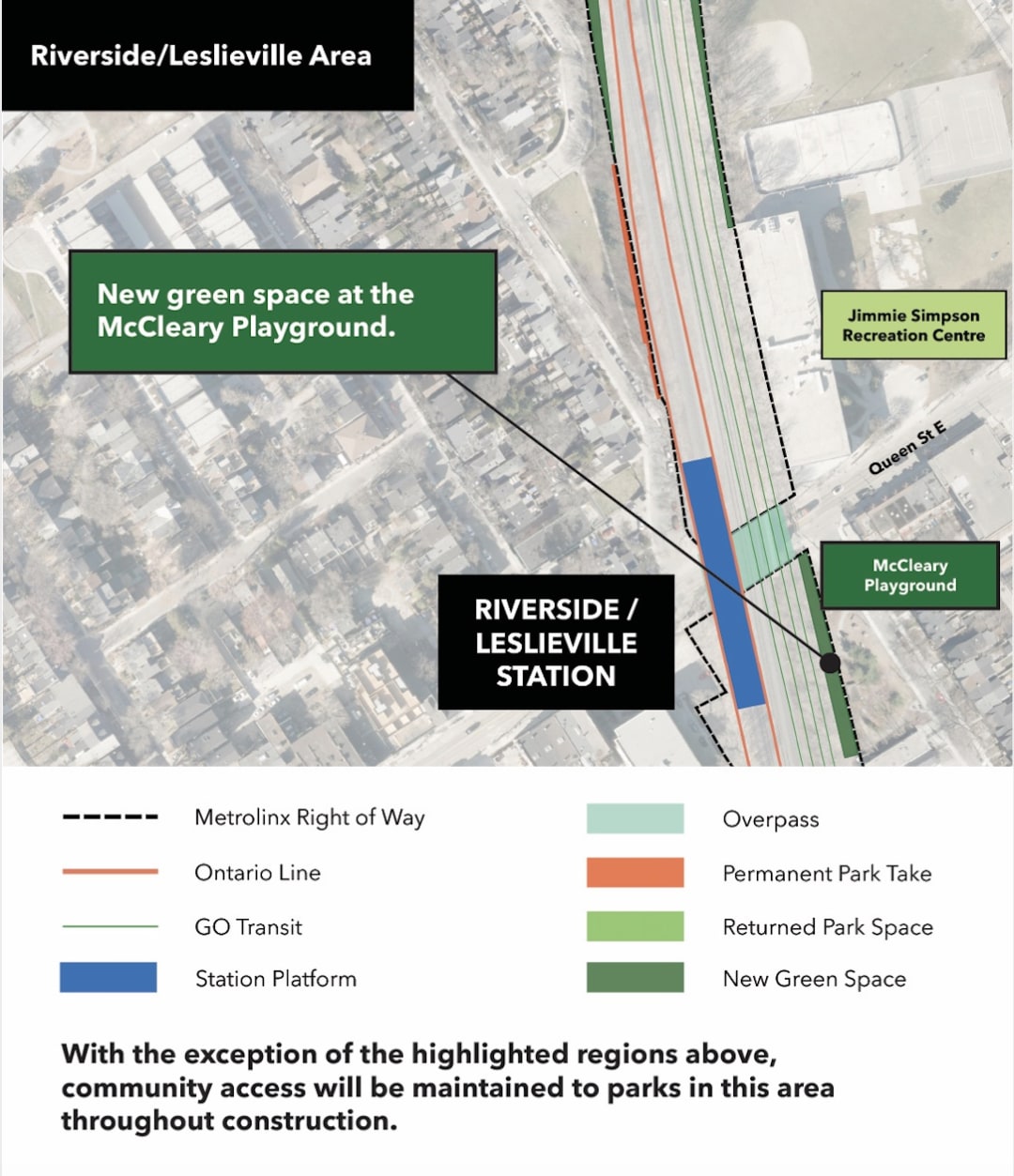Plenty of systems (e.g. Chicago L, Berlin S-Bahn, Oslo Metro, and mainline rail in Buenos Aires, South England and New York) have level crossings with third rail.
The main issue with third rail is that it cannot accommodate voltages higher than ~750V, because of its proximity to the ground. Overhead lines provide enough isolation for higher voltages.
I agree with your direction,
but it is not correct that third rail cannot be higher than 750 V DC for the reasons you stated.
A number of systems do have higher voltages . . . including BART (1000V), Hamburgs S-Bahn (1200V in the third rail sections), and Shanghai Line 17 which uses . . . 1500V DC Third Rail!
https://en.wikipedia.org/wiki/Line_17_(Shanghai_Metro) - you can Google the others and confirm.
That being said, the issue with the REM was to do with snow removal from the towers on the Champlain bridge iirc. Overhead wire is definitely the preference for most modern systems (I have looked at tons of new lines over the years - third rail is probably about 30% for Metro at most and basically nonexistent for new mainline). Higher voltages are simpler with OHLE and that reduces costs, it is also much safer to work around, often performs better in inclement weather - especially compared to top contact (used in Hong Kong which gets typhoons with crazy winds, and in Stockholm which gets way harsher winters than us).
The idea that it requires larger tunnels is true, though the actual tunnel size is much less important for cost than the station size, which isn't impacted very much by OHLE compared to other factors. Santiago's new metro lines use OHLE, and all of the Spanish ones do and they have
way lower costs than Toronto.
The direction things are actually seem to be going for metros are for more
rigid catenary which uses a wire attached to a rail. This is basically as robust as third rail but with all the other benefits of OHLE. I've attached a picture of Rome Line C from urbanrail where you can see what this looks like - spoiler if you thinkoverhead line looks ugly you're really going to dislike this.
I'm hoping for this to be my last post here, so sayonara! It was a good solid 10 years on here!



